Thursday Apr 03, 2025
Thursday Apr 03, 2025
Thursday, 18 October 2018 00:00 - - {{hitsCtrl.values.hits}}
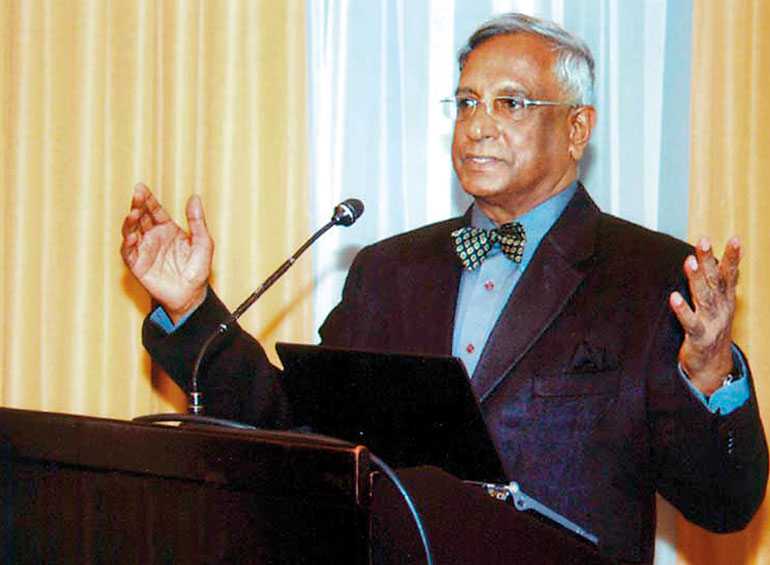
Dr Surath Wickramasinghe
Following are excerpts of a keynote address made at the Sixth International Urban Design Conference held in Colombo on 5-6 October byAr/Plnr Dr Surath Wickramasinghe
Cities are the manifestation of the cultural, economic and social acceleration that we have experienced throughout our contemporary history. In 1950, about two-thirds of the population worldwide lived in rural settlements and a third in urban settlements. Today, 55% of the world’s population live in urban areas; a proportion that is expected to increase to 68% by 2050. In Sri Lanka, currently 40% live in urban areas and will increase up to 60% by 2030.
However, the District Population in the Western Province is increasing with urban sprawl specially Gampaha, Kalutaraand Colombo compared to the other eight provinces.Consequently, issues pertaining to traffic congestion, parking, demand for housing, health, public open space, infrastructure services will become intolerable in the absence of planned development.
How can cities adequately respond to these emergent challenges?
Climate change
As the world warms, extreme weather patterns are becoming more frequent and intense. Sea levels are rising whilst prolonged droughts are putting pressure on food crops. Sri Lanka being a small island in the Indian Ocean in the path of two monsoons is mostly affected by weather related hazards.
Floods twice a year, mostly due to monsoonal rain or effects of low pressure systems and droughts due to failure of monsoonal rain are the most common hazards experienced in Sri Lanka. Sri Lanka is also prone to hazards such as landslides, lightning strikes, coastal erosion, epidemics and effects of environmental pollution.
Furthermore, high density populations and inappropriate land uses such as industries in residential or commercial areas will also have an impact on climate change. Many countries have already taken action or are taking action to overcome this phenomenon with long term solutions.
The good news is that people, communities, cities, businesses, schools, faith groups and other organisations including those in Sri Lanka are taking action to come up with tangible solutions. One such solutions that most countries are using to overcome climate change is ‘renewable energy’ so-called ‘green energy’ solutions such as solar and, wind power are used to generate electricity for the use of public transport, motor vehicles and for other uses radically reducing polluting emissions by the consumption of fossil fuels.
With this changeover, there are environmental and economic benefits, not only in the cities, butalso in rural areas. Therefore, an underlying solution to this problem will be to integrate urban design in its development plan.
Ideas for solving the urban issues in Colombo
The Government’s Policy to relocate 67,000 familiesalmost 50% of the population of Colombo City, living in high density underserved settlements in high rise apartments is favoured. These families are occupying prime land within close proximity to the City Centre.
At present, relocation is done on an ad hoc basis, where small parcels of land are available. These are standalone projects and lack facilities for social interaction. Therefore, if seven to eight land parcels of around 25 acres in extent arefound in and around the City of Colombo, it is possible to relocate these families in comprehensively planned neighbourhoodswith modern infrastructure facilities, access to nursery/primary education, recreation, leisure, entertainment, healthcare, social and cultural activities.
These neighbourhoods should be linked to an efficient transport network/LRT that will speedily provide the residents with communication facilities to reach their places of work and other important locations. This way it is possible to transform the communities living in these apartments with a better quality of life and to be citizens with equal opportunities to compete with others. The implementation of these neighbourhoods could be on a Public-Private Partnership model.
Therefore, an underlying solution to this problem will be to integrate these neighbourhoods in the urban design being developed by the Megapolis Ministry/UDA for the Western Province.
The liberated land within the City of Colombo, which is estimated to be around a 1,000 acres after the relocation of 67,000 families, could be utilised for much-needed mixed development, recreation/public open space, car parking and other needs for the projected population of nearly one million. With comprehensive nodal development, the objective should be to prevent sprawl and development along the major roads.
The objection to the neighbourhood concept will be to say that there is no land available in and around the City to comply with this proposal. The challenge is to find the land using alternative strategies, such as utilising underused Government and private properties, lands swapping with the private sector, building above low lying areas, etc. Another reason that this concept may not be popularwill be due to the politically strong vote banks within the City being moved out from the current locations. If so, very little could be done to transform the City and provide a better way of life for the people, community and the city.
Outcome of Singapore’s Concept Plan of 1971
Contrastingly, Singapore’s success story was that late Prime Minister Lee Kuan Yewgot the best experts in the world irrespective of nationality to design a Concept Plan in 1971 almost 50 years ago, to guide the physical development of Singapore to ensure the optimal use of its limited land resources. At present, Singapore’s population is 5.7 million whilst their national land area has increased from 581 km² to 723 km² by careful seaward land reclamation projects. Singapore’s population will increase up to 6.9 million by 2030.
The Urban Redevelopment Authority’s (URA) implementation of the Concept Planwas in collaboration with all the infrastructure agencies for transport networks, water supply, power, telecom and other land uses including landscaping were integrated to support this single Concept Plan and time targets were set to complete each stage of the development.
The same Concept Planwas further developed and periodically reviewed and updated, to meet the current needs, for example: the six floors high public housing originally designed apartments are today 30 plus floors high with much better quality accommodation and facilities within the same area. The original framework of the Concept Plan has remained with the modifications incorporated.
However, in the reclaimed land area mega housing neighbourhoodswere located on the periphery and within the central area of the City, a new zone was created for the Marina Bay Hotel Complex and Indoor Botanic Gardens, with an Indoor Sky Park, an Arts and Science Museum, Convention Hall, exhibition and entertainment facilities, a casino and shopping and dining outlets being some of the projects in the reclaimed zone.
Colombo’s problems due to adhoc development without a Concept Plan/Master Plan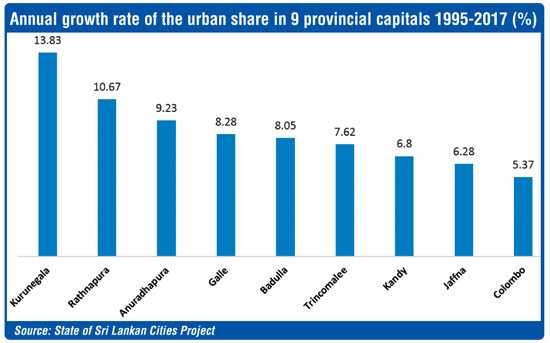
Several Master Plans have been prepared for the City of Colombo by successive governments. Unfortunately, none of them have been fully implemented, hence, it has developed in an ad hoc manner by building wherever land was available, including low lying areas, resulting in inadequate infrastructure beset by problems of flooding, drainage, slums and shanties, accumulation of solid waste and lack of public open space compounding to problems in the City.
Therefore, the City of Colombo was compelled to provide piece-meal solutions at the discretion of the respective governments/ministers resulting in infrastructure not being integrated and updated to meet the increase in population, and also the absence of an effective urban design, have caused the prevailing chaos in Colombo and other cities. Consequently, the success that Singapore had using the Concept Plan from 1971 was not the case in Colombo City and as a result, the onetime ‘Garden City’ is today a ‘Visionless City’.
During the 1977 Government, there was a change in Urban Policy and the City of Colombo remained as the Commercial Capital, and the Administrative Capital including the Parliament was moved to Sri Jayewardenepura, Kotte. This was an excellent decision to ease the congestion in the City of Colombo. However, the complete transfer of the ministries are yet to be moved to the new capital and the social amenities, including schools not being provided, public transport not being modernised, communications between the two cities are currently at a peak. Once again, the complete Master Plan for the Capital City was not fully implemented. Consequently, successive governmentskept changing the concept.
Again during the period 2010 and 2015 after the internal conflict was over, despite not following a Concept Plan several projects/spaces such asthe Arcade with the recreation areas at Independence Square, Race Course Development, the Dutch Hospital Rehabilitation with restaurants, shops and other tourist related activities, Viharamahadevi Park, Sri Jayawardenapura, Waters Edge, the waterfront recreation areas around the Parliament, and several other locations within the City and elsewhere were fully implemented. This success was achieved by coordinating/integrating all planning, infrastructure services, road design and environmental upgrading, under a single secretariat.
Implementationpolicy
The prospect of the Megapolis Plan coveringthe three districts of Colombo, Gampaha and Kalutara, being designed at presentby foreign and local experts, incorporates five specialised designated cities, the City of Colombo, Port City, Aero City, Techno City, and the Industrial City. The Megapolis Plan will be integrated incorporating water supply and drainage, power, transport networks, landscaping and land usesfor future development. This is the way forward.
However, there should be a policy shift by the Government to ensure that the Megapolis Plan is speedily implemented, now that the required funding is available. The relevant concessionary agreements for all the projects should also be ready prior to implementation. If not, bottlenecks are bound to happen and would cause delays during the implementation process, similar to the delays we have seen with the Port City Project implementation.
With the agreements and funding in place, the Government policy should be to outsourceprojects to the Sri Lankan private sector firms as against to foreign firms, who are unlikely to work in collaboration with the local counterpart or even pay the local taxes and other levies to the Government.
At present, Sri Lanka is producing architects, interior designers, structural, civil and MEPengineers, planners, urban designers, cost consultants (quantity surveyors) and all other allied professionals. If the Sri Lankan firms need to obtain foreign expertise where necessary that is perfectly in order. However, the practice to offer even regional projects in Sri Lanka to foreign firms is a deterrent to the local professionals who are more familiar and knowledgeable regarding Sri Lanka’s environment, culture and history.
The funding of these regional projectsare on loans obtained by the Government through international funding agencies such as the World Bank, ADB and other funding agencies by the Megapolis Ministry and this practise to offer the work to foreign consultants should be discouraged.
If not, the local professionals who are keen to work in Sri Lanka, after obtaining their free education in Sri Lanka, due to lack of opportunities, may or will migrate to countries requiring their expertise. Trust the Megapolis Ministry, BOI, and the other Government ministries/agencies will follow the ‘Sri Lankan first’ policy as the way forward.
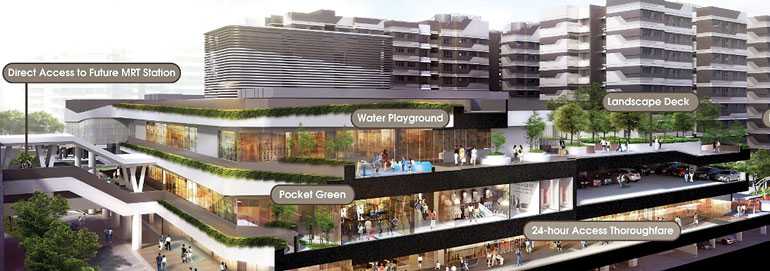

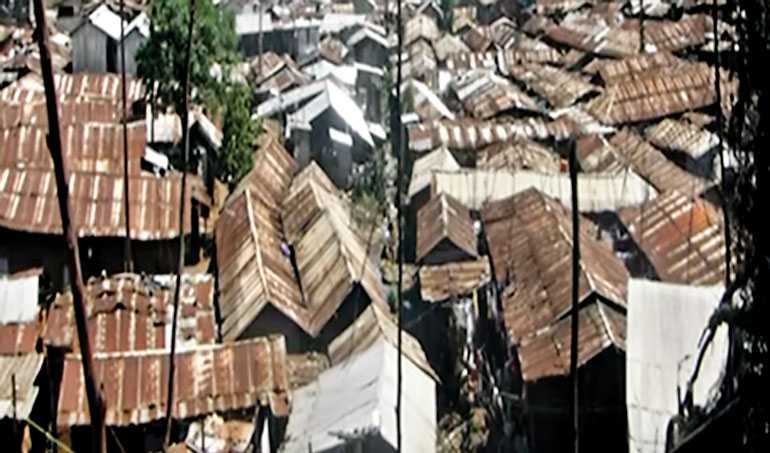
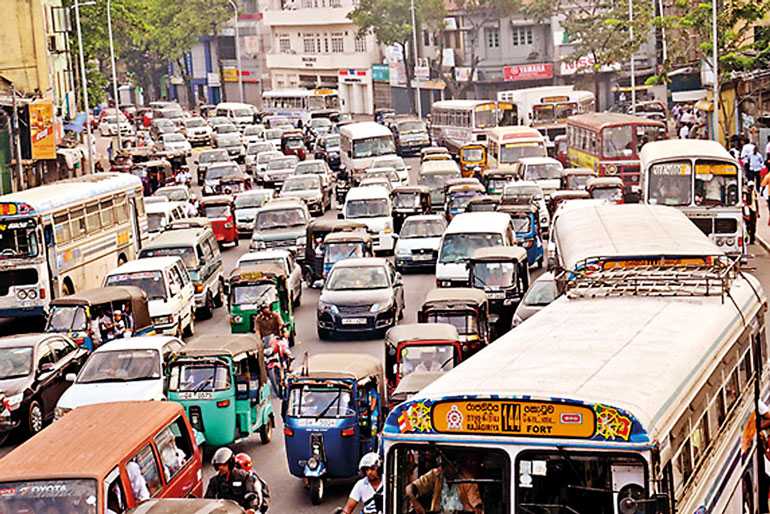
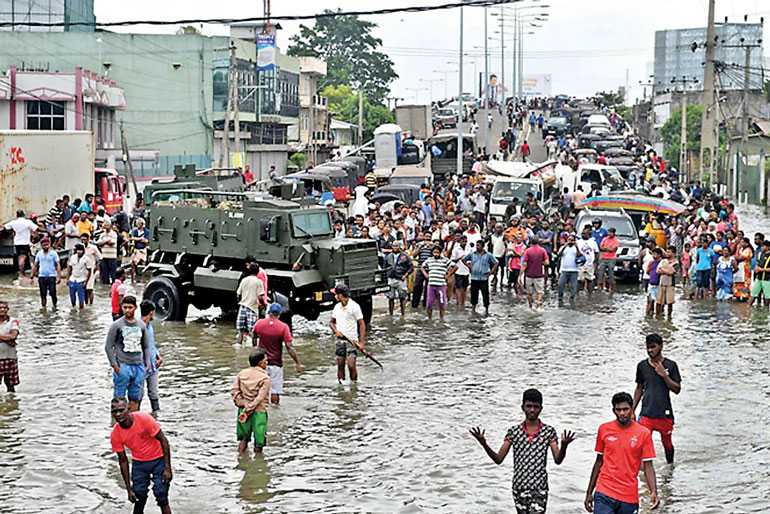

Discover Kapruka, the leading online shopping platform in Sri Lanka, where you can conveniently send Gifts and Flowers to your loved ones for any event including Valentine ’s Day. Explore a wide range of popular Shopping Categories on Kapruka, including Toys, Groceries, Electronics, Birthday Cakes, Fruits, Chocolates, Flower Bouquets, Clothing, Watches, Lingerie, Gift Sets and Jewellery. Also if you’re interested in selling with Kapruka, Partner Central by Kapruka is the best solution to start with. Moreover, through Kapruka Global Shop, you can also enjoy the convenience of purchasing products from renowned platforms like Amazon and eBay and have them delivered to Sri Lanka.
Discover Kapruka, the leading online shopping platform in Sri Lanka, where you can conveniently send Gifts and Flowers to your loved ones for any event including Valentine ’s Day. Explore a wide range of popular Shopping Categories on Kapruka, including Toys, Groceries, Electronics, Birthday Cakes, Fruits, Chocolates, Flower Bouquets, Clothing, Watches, Lingerie, Gift Sets and Jewellery. Also if you’re interested in selling with Kapruka, Partner Central by Kapruka is the best solution to start with. Moreover, through Kapruka Global Shop, you can also enjoy the convenience of purchasing products from renowned platforms like Amazon and eBay and have them delivered to Sri Lanka.